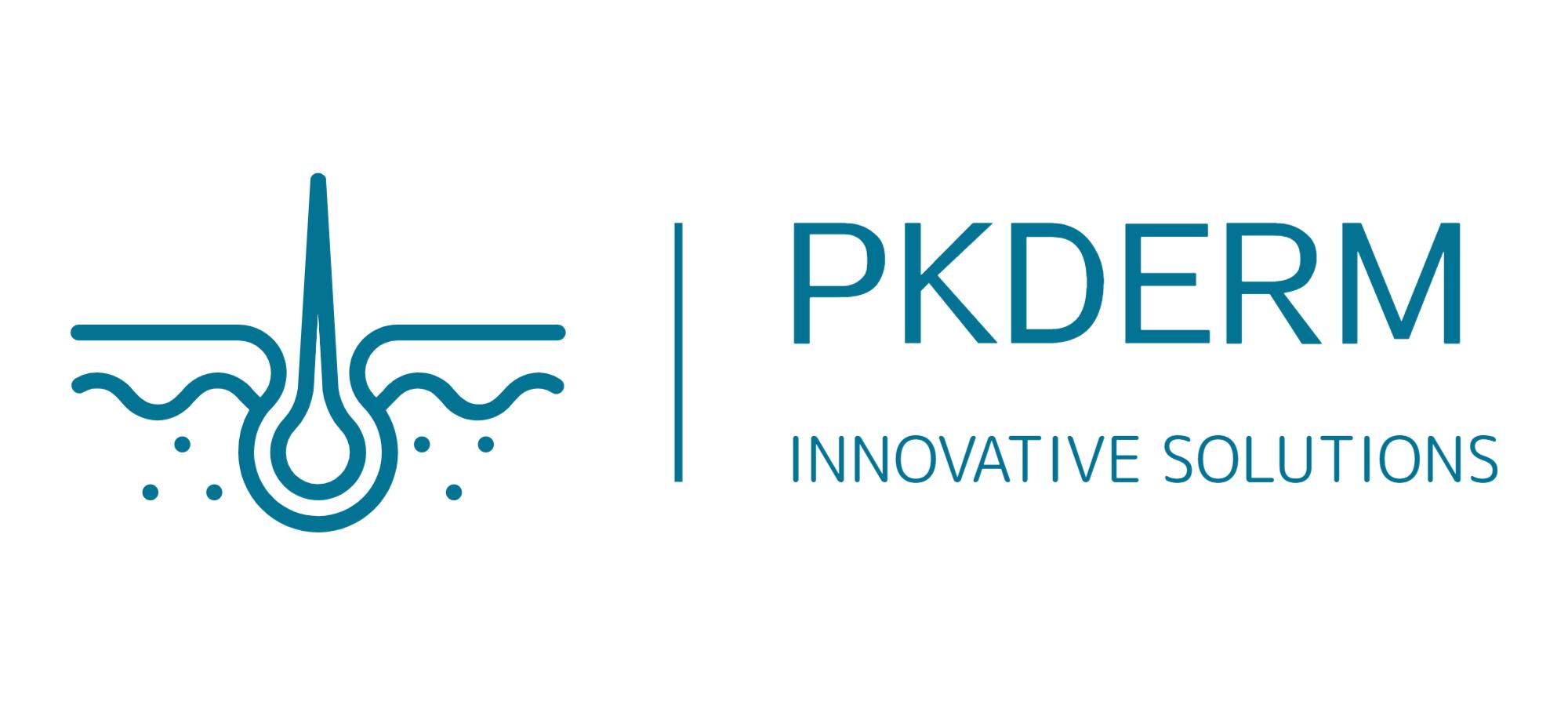OpenTox Virtual Conference 2021 Session 4
In Silico Prediction of Genotoxicity: Current Applications and Future Perspectives
The use of in silico predictions for genotoxicity is common practice throughout the drug development pipeline, driven by the acceptance of mutagenicity predictions for regulatory assessment of impurities under ICH M7. Given their use in risk assessments of human health hazards, it is important to continue developing in silico tools to predict genotoxicity, improving the accuracy of models and expanding applicability more widely than mutagenicity. This talk will introduce tools currently used for the assessment of genotoxicity, primarily focused on mutagenicity under ICH M7. We will then consider emerging technologies to enable more accurate and interpretable predictions for other genotoxicity endpoints.
CV: Rob completed his master's in Chemistry in 2009 at the University of Sheffield before staying on to complete a Ph.D. in organic chemistry, investigating novel synthetic routes towards pyrazoles using sydnones in cycloaddition reactions, under the supervision of Professor Joseph Harrity. Having completed his Ph.D. in 2012, Rob spent the next 4 years working for a contract research organisation undertaking various custom and contract synthesis projects for the pharmaceutical and agrochemical sectors. A move away from the laboratory in 2016 brought Rob to Lhasa where he has been involved in the scientific research and development of various Lhasa products, including writing AOPs for carcinogenicity in Kaptis, developing alerts for multiple endpoints in Derek and building and maintaining the Sarah model. In his current role, Rob is predominantly focused on the development of genotoxicity solutions at Lhasa, a lead scientist for Lhasa’s ICH M7 solution and the lead scientist for Sarah Nexus.


